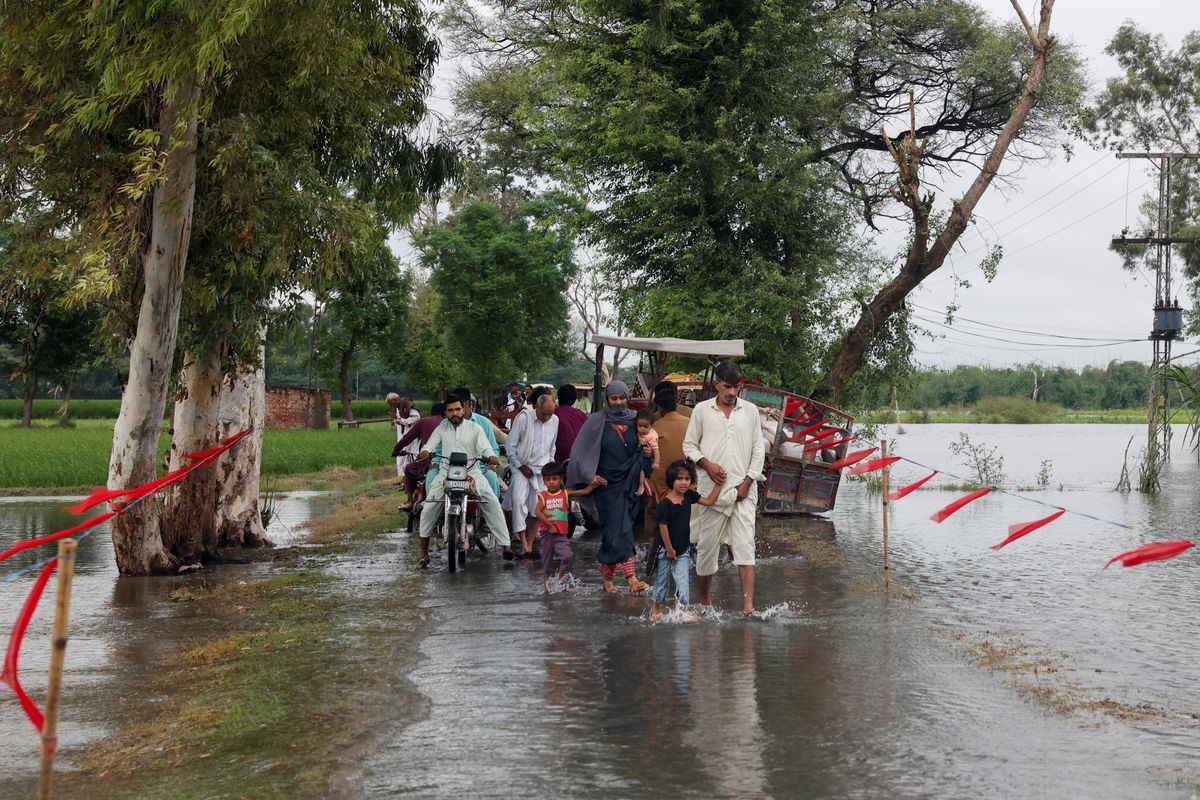Pakistan’s Sindh province reports steady water flow, decline at Guddu Barrage
Flood monitoring cell says it continues to monitor water levels to manage flood risks in downstream Sindh
News Desk
The News Desk provides timely and factual coverage of national and international events, with an emphasis on accuracy and clarity.

Pakistan’s Sindh province on Wednesday reported stable water flows across major barrages Wednesday, with a continued decline at Guddu Barrage, as floodwaters that earlier swept through Punjab move downstream.
The Sindh Information Department said inflow at Guddu Barrage stood at 581,136 cusecs, with outflow at 553,559 cusecs.
A cusec, short for cubic feet per second, measures water flow — with one cusec equal to about 28 liters per second.
Sukkur Barrage recorded 571,800 cusecs inflow and 518,120 cusecs outflow.
At Kotri Barrage, inflow was 300,853 cusecs compared to an outflow of 289,098 cusecs.
Meanwhile, inflow at Panjnad was logged at 219,434 cusecs and outflow at 210,884 cusecs.
The Provincial Rain and Flood Emergency Monitoring Cell said it continues to monitor water levels to manage flood risks in Sindh.
Floods triggered by this year's intense monsoon rains and swollen rivers have killed over 900 people in Pakistan since late June, and inundated large swaths of crops.
Authorities say the floods have submerged over 4,500 villages, affecting more than 4.4 million people in the province since late August. At least 2.4 million people have so far been evacuated, they say.
An International Monetary Fund (IMF) mission will visit Pakistan in the coming weeks to review the country’s economic program, with a focus on fiscal flexibility as devastating floods continue.
Pakistan’s central bank kept its key interest rate steady at 11% on Monday, warning that flood damage could drive up food prices and weigh on growth in the months ahead.










Comments
See what people are discussing